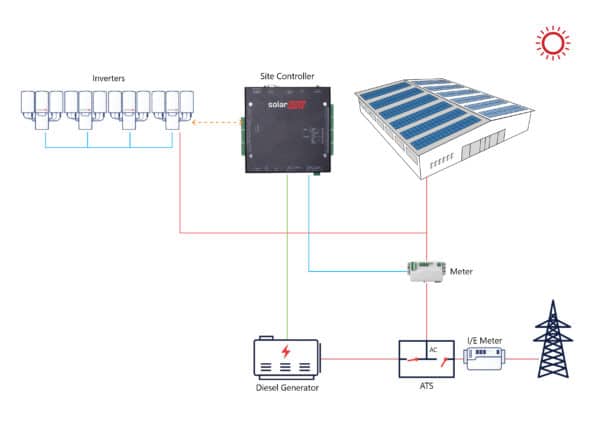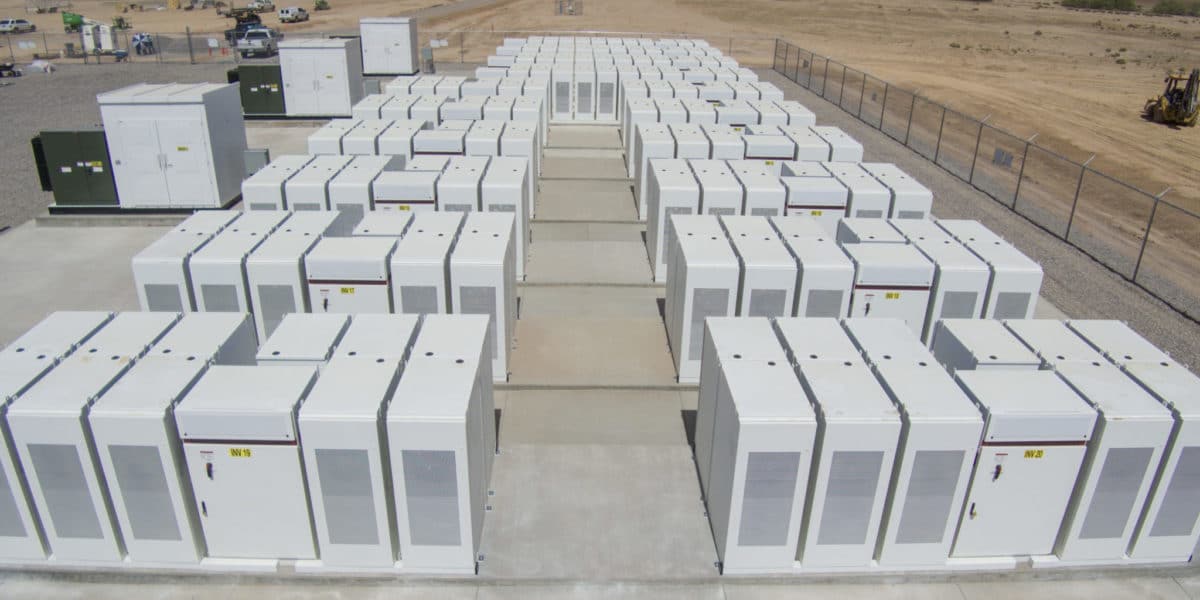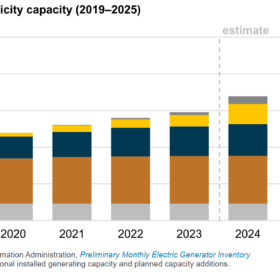One of PG&E’s massive battery proposals approved: The Monterey County Planning Commission has approved a proposal for Pacific Gas and Electrcic’s (PG&E) gigantic 182.5MW, 730MWh Elkhorn Battery Energy Storage System, set to be located in Moss Landing, California. The behemoth is one of four considerably large battery energy storage projects first proposed for California’s South Bay area by PG&E in July 2018. And just what kind of batteries will this massive system use? Tesla Megapacks. What’s more is that Elkhorn is not the largest of the proposed quadruplets. That honor goes to proposed but so far unapproved 300MW, 1,200MWh Dynegy-Vistra project. And if Elkhorn hasn’t filled the big battery itch, some further reading may be in order. Source: Energy Storage News
Montana regulators’ own consultant says NorthWestern’s resource plan unfair to solar, wind and storage: The utility’s plan to spend nearly a billion dollars on gas plants was “a foregone conclusion” given modeling choices “that favor thermal resources over renewables and storage,” said a study from consultant Synapse Energy Economics. Beyond that, several ‘severe’ flaws in the utility’s resource procurement “restrict the ability for resources to compete to serve NorthWestern’s needs,” said the study. The Montana Public Service Commission hired Synapse to evaluate NorthWestern Energy’s planning efforts. Synapse had limited access to NorthWestern’s PowerSimm model, and did not have access to conduct its own model runs. Last fall the Sierra Club, suspecting biased modeling by NorthWestern, requested access to the utility’s modeling. Sources: Montana Public Service Commission, Montana Environmental Information Center
SolarEdge launches Site Controller: SolarEdge has launched a new inverter solution, dubbed the Site Controller, a load management tool for grid failures. The Site Controller switches the inverter to an alternative power source mode, which simultaneously maximizes solar energy production, and supplements it with power from a diesel generator when required to meet on-site energy demand, while also providing overload protection. In short, the Site Controller lets homeowners integrate easily as many power sources as they need during an outage, with solar generation being the main source. A mock system is modeled below. Source: SolarEdge

Accounts of America’s first solar town: A culmination of the dreams of a former NFL player and the biggest land preservation deal in the state of Florida, Babcock Ranch is an 18,000 acre community that holds the crown as America’s first and only solar town. The town is powered by 150 MW of solar, the Babcock Ranch Solar Energy Center, accompanied by a 10 MW, 40 MWh battery storage center, both run by Florida Power and Light. This electricity serves 500 homes, though the vision of creator Syd Kitman is to grow that number to 19,000. The town also features solar installations on many of the residences and commercial buildings, while each new house comes wired to accept a power supply for electric cars. There are a multitude of electric vehicle chargers across Babcock Ranch as well. You can read Lavanya Sunkara’s full account of her visit to the town in the Forbes article this entry is sourced from. You can also read the firsthand testimony of Mark Wilkerson, a 34-year solar industry vet looking to make the move to Babcock Ranch.
Solar Spring Break brings solar to low-income families: 160 students from 16 colleges in nine states will be spending their spring break not on the beach, but installing no-cost solar for low-income families through GRID Alternatives’ Solar Spring Break program. Within the program, student teams, regardless of where they hail from, will travel to project sites in California, from San Diego to Sacramento, and in tribal communities including the Chemehuevi Tribe, on the Campo Reservation, and with the Ojo Encino Chapter of Navajo Nation. Participating schools include Duke University, Georgia Tech, Michigan State University, University of California Berkeley and Villanova, among others. 2020 will be the 7th year of the Solar Spring Break, which pv magazine has covered before. Source: GRID Alternatives
This content is protected by copyright and may not be reused. If you want to cooperate with us and would like to reuse some of our content, please contact: editors@pv-magazine.com.








how come homeowners are still allowed to install permanent back up fossil generators and it is already a craze after the forest fires in California . It is not even confined to the fire prone areas but all over the state and other states as well. It is not healthy.
We are a retired/disabled military couple in Round Mountain NV. We want to totally transfer to solar energy. How can we get financing and planning help? I can do most of the work myself.
Actually, you might well be served by contacting NV Energy on their web site. There is the LISEP program and use the Power Clerk Portal to see what incentives NV Energy offers for installing solar PV. If you’re a DIY kind of adopter, use a resource like http://www.bluepacificsolar.com to get kits and balance of system components.
“The Montana Public Service Commission hired Synapse to evaluate NorthWestern Energy’s planning efforts. Synapse had limited access to NorthWestern’s PowerSimm model, and did not have access to conduct its own model runs. Last fall the Sierra Club, suspecting biased modeling by NorthWestern, requested access to the utility’s modeling. Sources: Montana Public Service Commission, Montana Environmental Information Center”
Might want to take the MPSC to task over their “consultant” practice. What many ‘other’ electric utility entities have been doing for the last five or so years is open up an RFP for utility generation expansion and see what the construction companies come up with. The competitive bid process has been proving lower cost projects using solar PV and or wind generation (with) energy storage as cheaper to build, operate and maintain as well as cut down the amortization period from decades to right at one decade. Pretty much shows NorthWestern more than likely didn’t try to “project” when all of these gas fired assets turn into “stranded assets” costing the ratepayers even more per kWh than IF competitive bidding was used. Metric based analysis using “political” based arguments do not a qualitative process make. It’s becoming obvious the “outcome” of NorthWesterns PowerSimm model is steeped with political and biased assumptions to drive the “metric” to call for spending $1 billion dollars on natural gas plants is asinine. One can also put a lot of distributed energy storage along the grid for that billion dollars and have an (asset) that stacks grid services into this one asset. Bang for the buck, energy storage systems can be used to regulate voltage on the grid, regulate grid frequency, time shift intermittent generation resources for later dispatch onto the grid and gets rid of the inefficient mechanical generation systems that react slower to grid demands than energy storage and electronic switching facilities.
The Sierra Club is right, NorthWestern is lying through its “tooth”.